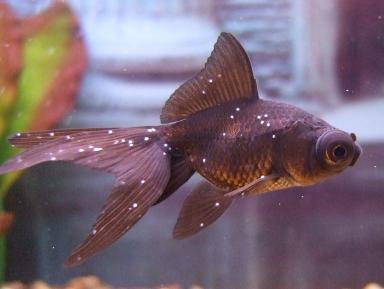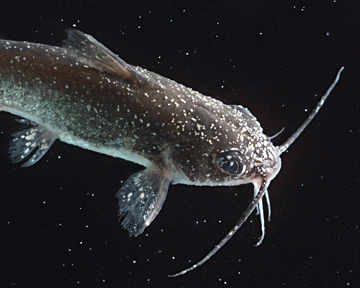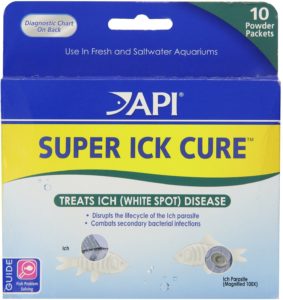
Ich is a parasite that attaches to the fish in the aquarium. when fish are infected badly, it looks as if the fish were sprinkled with salt . It spreads very fast, and will kill the fish if not treated immediately. This is a very common problem for many of us in the aquarium hobby. whether you have been keeping fish for years, or just got your first tank yesterday, we all struggle with ich. Here are some basic tips to help cure your fish asap!
Step 1 – Test the Water
The water quality really isn’t the cause of your ich outbreak, but it makes a difference when treating the fish. If you have high ammonia or nitrite, it is even more dangerous to dose medications to the tank. If the water is good, you are ready for the next step. If it is bad, you should do a 50 percent water change without gravel vacuuming. This will help to preserve as much beneficial bacteria as possible. As an aside, you should always gravel vacuum your freshwater aquarium at least once a month. This will help to reduce the risk of sickness and diseases. You can add a bacteria additive like Quick Start to boost your good bacteria, and lower the ammonia and nitrite issues. Make sure you remove dead fish as soon as possible! Dead fish left to rot too long will cause a spike of ammonia in your tank.
Step 2 – Make the Fish Comfortable
You should keep the water level lower than normal to increase splashing into the water. This will provide more oxygen for the fish and reduce stress. Another way to reduce stress levels is to keep the lights dimmed, or off entirely. The more comfortable the fish are the faster they will recover.

Step 3- Raise the Temperature
This will kill off some of the parasites and allow the fish to heal faster. With an ich infection, I recommend 83-84 degrees for tropical fish and 82 degrees for goldfish.
Step 4- remove carbon
Even if your filter has the carbon in a filter pad, you have to remove it. The carbon will take out the medicine you administer to the tank. The fish will not get better if you leave the carbon in your filter.
Step 5 – Add the Medicine
There are many types of ich medication with all different ingredients. In my experience, medications with formalin and malachite green work well. Medications with these ingredients are relatively rare, due to the health risk they impose on humans. A popular medication is Super Ich Cure. For a non-formalin medication, it work pretty well.

Step 6- Add salt.
Add some freshwater aquarium rock salt to the tank. It usually comes in a carton and will specify being for freshwater fish. The salt kills off some of the ich and makes it harder for it to re-attach. This does not replace the medication, it only helps it. This method can not be used on fish that like soft water like discus fish. For fish that like harder water, this is a great way to speed up the healing process.
Step 7 – Feeding
I always recommend to skip feeding for a day or two after you notice really bad ich. This prevents the ammonia from spiking. When you notice your fish looking better, you can go back to your normal feeding routine. I recommend feeding every other day for most fish.
Step 8 – Water Change
Most medications tell you to do a water change after the full dose of the medicine. This is very important, the fish will become sick from over medicating if you don’t. At this time I also recommend a 50 percent gravel vacuum. If there are any more signs of ich, you should probably switch medications and start the process again.
Prevention
You should wait at least 30 days for the fish to be ich free to add new fish to the tank. Although you do not see the ich, it has stages of it’s life cycle that are too small to see. Do not move anything from the contaminated tank into a healthy tank. Even transferring decor will put a healthy tank at risk.
You should never buy fish that are in the same tank or filtration system as a sick fish. Refer to my previous article here for more information. Keeping up with regular tank maintenance prevents diseases. Parasites and bad bacteria, thrive in dirty aquariums with high nitrate levels.